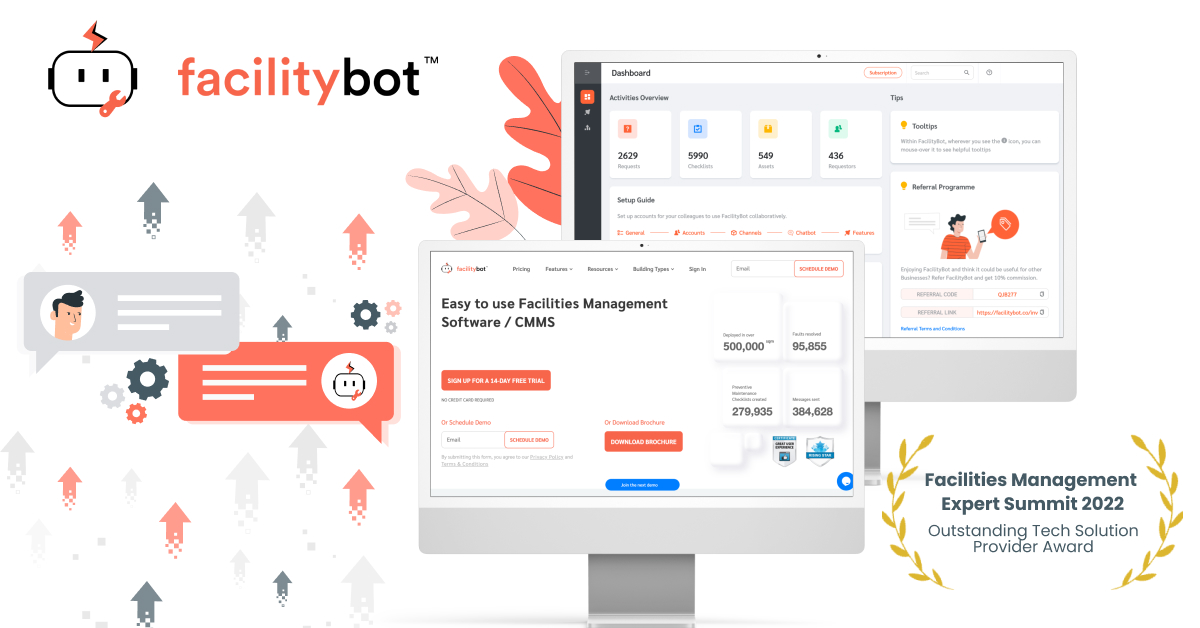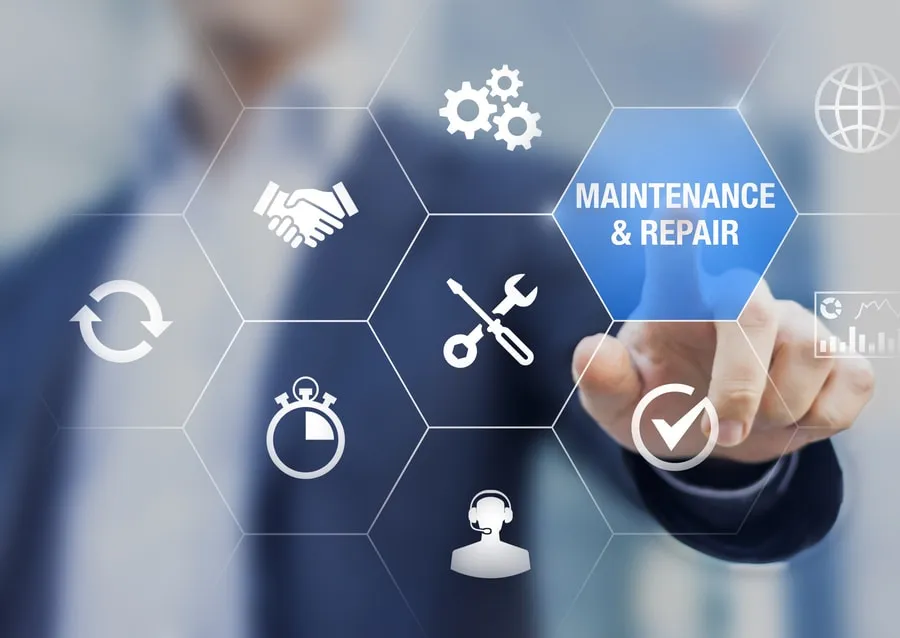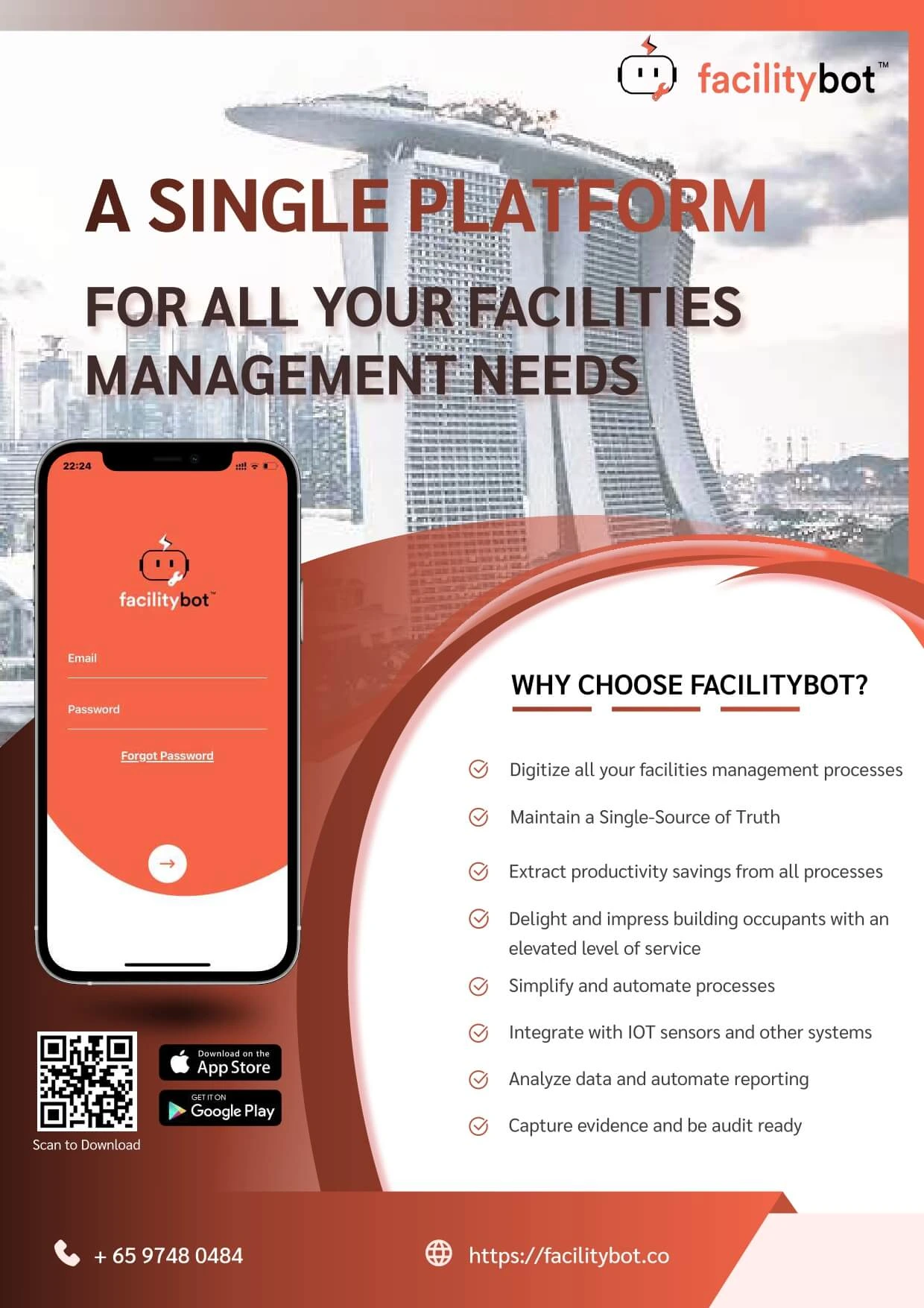Maintenance is an important part of business management, which often gets little attention or is downright neglected. Proper maintenance management is essential to keep the equipment and the business operations running smoothly. But this process isn’t as easy as it sounds. For a business to run smoothly with minimal disruptions, a lot might need to be accomplished and that too on a very tight budget. This is where a tool like CMMS can help facility managers improve their business.
What is a computerized maintenance management system (CMMS)?
CMMS or Computerized Maintenance Management System is a software platform for handling numerous processes like work orders, condition monitoring, tracking assets, and much more. This tool centralizes maintenance data, streamlines maintenance operations, and also aids in maximizing the use and accessibility of tangible assets like machinery, communications, vehicles, and plant infrastructures. CMMS is widely used in different sectors including manufacturing, energy, transportation, and building, all of which rely heavily on physical infrastructure.
Operations performed by CMMS
The data stored in the CMAS database assists numerous functions of your system. This gives it the capability to do operations including the following:
Labor and resource management
CMMS software helps facility managers keep track of qualified personnel and equipment availability. It also helps them assemble teams and assign specific responsibilities. This tool is also beneficial for handling pay rates and scheduling shifts.
Asset registry
CMMS software assists managers in storing, accessing, and sharing asset information like:
- serial number, model, type, class, and manufacturer of equipment
- location and position
- associated codes and costs
- performance statistics
- downtime statistics
- images, videos, or documents of data related to equipment like safety protocols, warranties, and repair instructions
- availability of sensors, meters, and IoT instruments
Management of work order
Thisis frequently regarded as the primary objective of CMMS. It includes data like:
- the work order code or number
- priority and description
- order type (scheduled, repair, replace)
- cause and solution codes
- workers assigned and resources used
This process also includes numerous other capabilities including:
- automating the generation of work orders
- reserving equipment and materials
- scheduling and assigning employees, shifts, and crews
- reviewing status and tracking downtime
- record anticipated and actual expenses
- attaching relevant documents, safety, maintenance, and repair media
Preventive maintenance
Managers can use CMMS software to automate the initiation of work orders depending on usage, time, and triggered incidents. Preventive maintenance can also be used to group and link assets across several orders.
Inventory and materials management
CMMS software can be used to stock distribute and recover the supplies and equipment for repair and maintenance operations across storage spaces, distribution hubs, and facilities. Managers can also use this tool to handle suppliers, monitor inventory expenses, and automate restocking.
Documentation, evaluation, and auditing
CMMS software can create reports on a variety of maintenance topics, including supplier evaluations, materials usage, asset availability, and material and labor costs. Managers can use this software to analyze available data to make smart business choices. It also enables the collection and compilation of relevant data for auditing operations.
Benefits of CMMS
There are numerous lifecycle and efficiency benefits offered by CMMS. It empowers organizational teams to coordinate their maintenance processes with different departments in the company and align these activities to match their business objectives. Some of the major benefits CMMS offers businesses include the following.
Improved visibility
CMMS software, through reports and dashboards, assists organizational teams in visualizing different actions and processes. This will enable personnel on all levels and departments to oversee the status of a specific work order and improve its completion rates. Maintenance personnel can immediately identify an asset’s location, the components required, and the worker needed for completing the task. This will greatly improve the visibility and efficiency of all maintenance processes. The visibility of the asset lifecycle is also improved by using CMMS software enabling teams to monitor and oversee the lifecycle and health of the asset.
Automates processes
CMMS automates different maintenance management processes like allocating work orders, scheduling shifts, and reordering inventory. Automating these processes will increase the efficiency of your business operations, reduce errors, and save time.
Cost-efficient
CMMS software can help managers accurately track costs associated with different processes and prevent overspending on inventory. It also reduces waste and increases uptime, again making the system cost-efficient.
Better management of the mobile workforce
Trying to keep field employees mobile is often a challenging and expensive task. CMMS software can offer superior connectivity to manage the mobile workforce, especially those workers who need not return to your office after fieldwork. Managers can also deploy crews remotely using the software, saving time and resources.
Regulatory compliance
Keeping up with compliance regulations from all levels of government can become challenging for an organization. CMMS software can help make sure you meet all the necessary standards and provide the digital record that auditors often look for.
Conclusion
An efficient and effective CMMS software is essential for enhancing productivity, reducing maintenance costs, and improving the overall efficiency of a business. A comprehensive CMMS tool like FacilityBot can help managers with different maintenance management operations with its different features and functionalities. The platform requires no logins or downloads. Different pricing plans are available, so users can choose one according to their needs.




